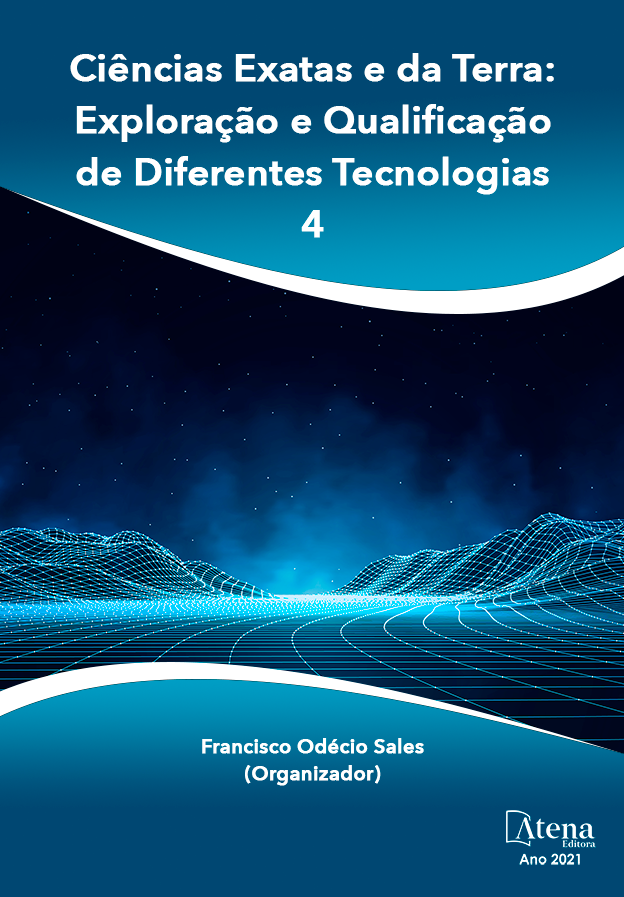
ANÁLISE DE ESPECTROS UTILIZANDO ESPECTROSCÓPIO CASEIRO
Neste trabalho apresentamos a experiência de ensinar a análise de espectros da luz visível utilizando um espectroscópio construído em sala de aula. Durante a Semana Nacional do Meio Ambiente no IFPE – Campus Ipojuca, ministramos uma oficina para um total de 20 estudantes com o propósito de analisar espectros através de um espectroscópio caseiro. Eles tiveram os fundamentos teóricos necessários para entenderem e resolverem as situações propostas. Divididos em cinco grupos receberam lâmpadas de tipos distintos, vela, álbum com fotos de espectros que seriam tomados como “padrão”, materiais e orientações para montarem o espectroscópio. A construção do espectroscópio é fácil e de baixo custo, apresentando uma resolução que permite identificar e comparar espectros de elementos químicos diferentes. Com o espectroscópio, observaram e fotografaram os espectros das lâmpadas e da chama de uma vela e, após analisá-los, identificaram os espectros correspondentes aos que existiam no álbum. A análise do pós-teste mostrou que as atividades desenvolvidas durante a oficina contribuíram para o entendimento de que cada elemento químico possui um espectro característico e que o espectroscópio é um instrumento de grande relevância para a Astronomia, pois, conhecendo o espectro de um objeto celeste obtêm-se várias informações dele, tais como temperatura e composição química. Outro ponto a destacar foi a desconstrução de um obstáculo epistemológico sobre a relação entre a temperatura e a cor de um objeto. A utilização do simulador Blackbody-Spectrum e da lei de Wien permitiram mostrar que as estrelas azuis têm maior temperatura que as estrelas vermelhas. O processo ensino-aprendizagem foi favorecido pela motivação e interação dos estudantes.
ANÁLISE DE ESPECTROS UTILIZANDO ESPECTROSCÓPIO CASEIRO
-
DOI: 10.22533/at.ed.1302113012
-
Palavras-chave: espectroscópio caseiro; espectros.
-
Keywords: homemade spectroscope; spectra.
-
Abstract:
In this work we present the experience of teaching spectral analysis of visible light using a spectroscope constructed in the classroom. During the National Environment Week at IFPE - Ipojuca Campus, we held a workshop for a total of 20 students for the purpose of analyzing spectra through a homemade spectroscope. They had the theoretical foundations necessary to understand and resolve the proposed situations. Divided into five groups they received lamps of different types, candle, album with photos of spectra that would be taken as "standard", materials and orientations to assemble the spectroscope. The construction of the spectroscope is easy and inexpensive, presenting a resolution that allows to identify and compare spectra of different chemical elements. With the spectroscope, they observed and photographed the spectra of the lamps and the flame of a candle and, after analyzing them, identified the spectra corresponding to those that existed in the album. The analysis of the post-test showed that the activities developed during the workshop contributed to the understanding that each chemical element has a characteristic spectrum and that the spectroscope is an instrument of great relevance for Astronomy since, knowing the spectrum of a celestial object obtains information, such as temperature and chemical composition. Another point to emphasize was the deconstruction of an epistemological obstacle about the relation between the temperature and the color of an object. The use of the Blackbody-Spectrum simulator and Wien's law have shown that blue stars have higher temperatures than red stars. The teaching-learning process was favored by the students' motivation and interaction.
-
Número de páginas: 12
- Denes Alves de Farias
- Edite Maria dos Anjos
- Eryka Christine Viana Nascimento
- Wellington Francisco da Silva
- MARCELO ANTONIO AMORIM


